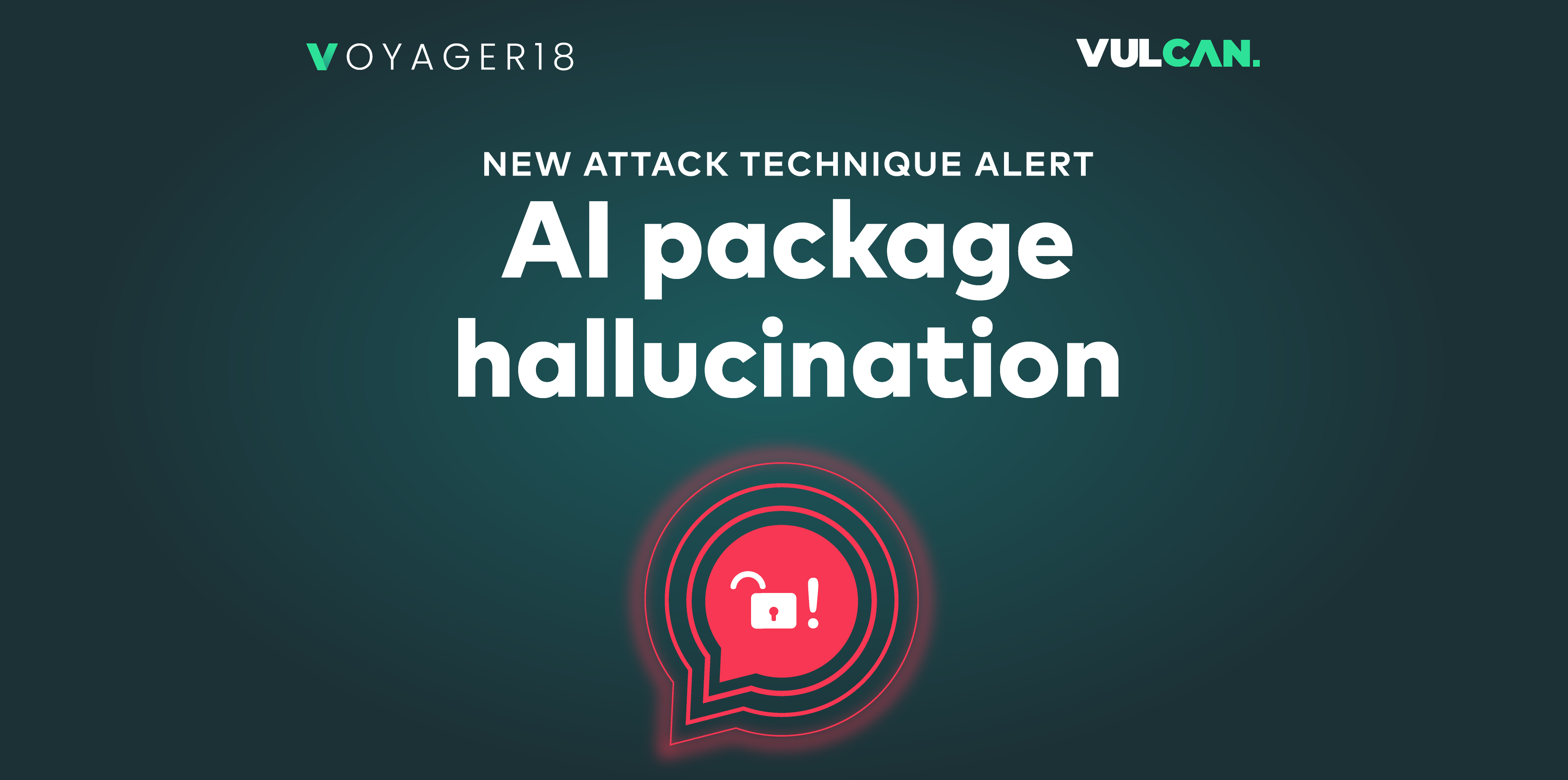Data security forms the backbone of enterprise architecture, guarding the integrity, confidentiality, and availability of information. It is crucial to mitigating risks ranging from financial loss to reputational damage. The article will explore the significance of data security within the enterprise, discussing effective strategies, best practices, and the technologies that underpin them.
Our focus is to dissect the multidimensional approach required for robust data security in modern enterprises. We’ll navigate through strategic implementation, delve into industry best practices, and highlight cutting-edge technologies.
Understanding the data landscape in enterprise architecture
Effective data classification empowers organizations to prioritize their security measures according to the sensitivity of the data. It serves as a foundation for applying appropriate protections and compliance controls. Benefits of this systematic approach include enhanced risk management and the optimized use of security resources.
A thorough assessment of data-related risks is essential for identifying potential security breaches and their implications for the enterprise. Such evaluations inform the development of robust defense mechanisms and proactive contingency planning. They are critical in shaping an enterprise’s security posture and response strategies.
Every phase of the data lifecycle, from creation to disposal, requires tailored security controls. Acknowledging this ensures that data is protected at all stages of its existence. Addressing lifecycle considerations is essential for maintaining data integrity and compliance with regulatory requirements.
A strategic approach to data security
A data security framework should be aligned with an enterprise’s business objectives to support its overarching goals effectively. It ensures that security processes bolster business continuity and growth rather than hinder them. Alignment fosters a culture of security that resonates with the business’s vision and operational strategies.
Data security is a critical component of enterprise risk management, addressing specific threats related to valuable information assets. Integrating it effectively into the broader risk management strategy is vital for a holistic defense. It requires regular assessment and adaptation to the evolving landscape of digital threats.
Crafting and enforcing strong policies and governance structures are essential for maintaining data security. They set the standards and expectations for behavior within the organization. Moreover, governance ensures the consistent application and enforcement of these policies across all levels of the enterprise.
Best practices for ensuring data security
Robust data access control mechanisms are vital for ensuring that only authorized personnel can interact with sensitive data. These measures clearly define and uphold access control levels and mitigate the risk of insider threats. They are a key element of a layered security strategy that protects data from various angles.
Data encryption is a fundamental practice for protecting data at rest and in transit. It acts as a final line of defense, making data unreadable to unauthorized parties even if they bypass other security measures. Regularly updated encryption practices are critical in keeping ahead of sophisticated cyber threats.
Conducting regular audits is critical for identifying potential security gaps and ensuring compliance with relevant regulations. Audits help verify the effectiveness of security policies and practices. They are instrumental in maintaining transparency and accountability within an organization’s data security framework.
Investment in training and awareness programs is crucial for empowering employees to become the first line of defense against cyber threats. Such programs foster a culture of security and ensure that staff members are aware of best practices and procedures. They are also vital for ensuring that the human aspect of security is not the weakest link.
Proactive incident response planning prepares organizations to handle data breaches effectively and minimize potential damage. It includes establishing clear protocols and a dedicated response team. A well-orchestrated response can significantly reduce the downtime and cost associated with data security incidents.
Advanced technologies in data protection
Data Loss Prevention (DLP) tools are key in safeguarding against the accidental or malicious exfiltration of sensitive information. They monitor and control data usage, ensuring compliance with policy and regulatory requirements. DLP tools are an essential component of a data-centric security strategy.
Artificial Intelligence (AI) and Machine Learning (ML) excel in identifying patterns and anomalies within large data sets. Their ability to detect irregularities in real time can prevent data breaches before they escalate. Utilizing these technologies is becoming a standard for proactive data security.
A secure cloud architecture is fundamental for enterprises that rely on cloud services for data storage and operations. It must be designed to protect data against external threats and insider risks. Emphasizing a secure cloud architecture is crucial as businesses increasingly move towards cloud-based solutions.
Encryption technologies are the strongholds of data security, transforming information into a format that is inaccessible without the decryption key. Their constant evolution is critical in the fight against cybercrime. Keeping encryption technologies updated is necessary to counteract the advances in hacking methods.
Security in data handling and operations
Secure data handling practices must be woven into each stage of the data lifecycle to prevent unauthorized access and leaks. These practices include strict control measures and monitoring protocols. Such integration ensures the safeguarding of data from inception through its eventual archiving or deletion.
Ensuring data integrity involves protecting data from unauthorized alterations that could compromise its accuracy and reliability. Robust integrity checks and version control are critical to maintaining the trustworthiness of data. They help in upholding the quality and consistency of information that enterprises rely upon.
Safe data disposal methods are crucial for preventing sensitive information from falling into the wrong hands after it’s no longer needed. Proper disposal ensures that data is irretrievable once discarded. It’s a critical aspect of data lifecycle management that often goes overlooked.
Special considerations for different enterprise environments
Effective vulnerability risk management in IT and Security Operations (SecOps) is essential to protect enterprise systems and networks. It involves continuous monitoring, assessment, and remediation of security weaknesses. This vigilant approach helps to thwart attacks that exploit vulnerabilities.
In the realm of development Security Operations (DevSecOps), application vulnerability management is a continuous process. It integrates security practices into the development lifecycle. Such integration ensures that applications are designed with security as a priority, reducing the chances of vulnerabilities at the source.
Cloud-native security practices are designed to address the unique challenges of cloud computing environments. They include the implementation of security at every layer of the cloud stack. Adapting these practices is essential for enterprises that deploy scalable, resilient cloud-native applications.
Future of data security in enterprise architecture
Staying informed about upcoming trends and technologies is vital for future-proofing an enterprise’s data security. It enables organizations to anticipate and prepare for changes in the threat landscape.
Evolving threats necessitate a dynamic approach to data security, with implications for all aspects of enterprise architecture. Recognizing and understanding these threats allows for the development of adaptive security strategies. It is crucial for the ongoing protection of an organization’s data assets.
Preparing for future data security challenges involves continuous learning, planning, and investment in new technologies. Organizations must remain agile, updating their strategies to counteract sophisticated cyber threats. Preparedness is key to mitigating risks and ensuring the resilience of enterprise data systems.
Conclusion
Our exploration has covered the necessity of strategic frameworks, best practices, and advanced technologies that constitute the bedrock of data security. These components are integral to protecting an organization’s data against a backdrop of ever-changing cyber threats.
Adapting to data security challenges is not a one-time task but a continuous endeavor for any enterprise. It demands vigilance, strategic planning, and a commitment to best practices and education. Emphasizing this adaptability is key for enterprises aiming to protect their data assets now and into the future.
Ben Herzberg is an experienced tech leader and book author with a background in endpoint security, analytics, and application & data security. Ben filled roles such as the CTO of Cynet, and Director of Threat Research at Imperva. Ben is the Chief Scientist for Satori, the Data Security Platform.









